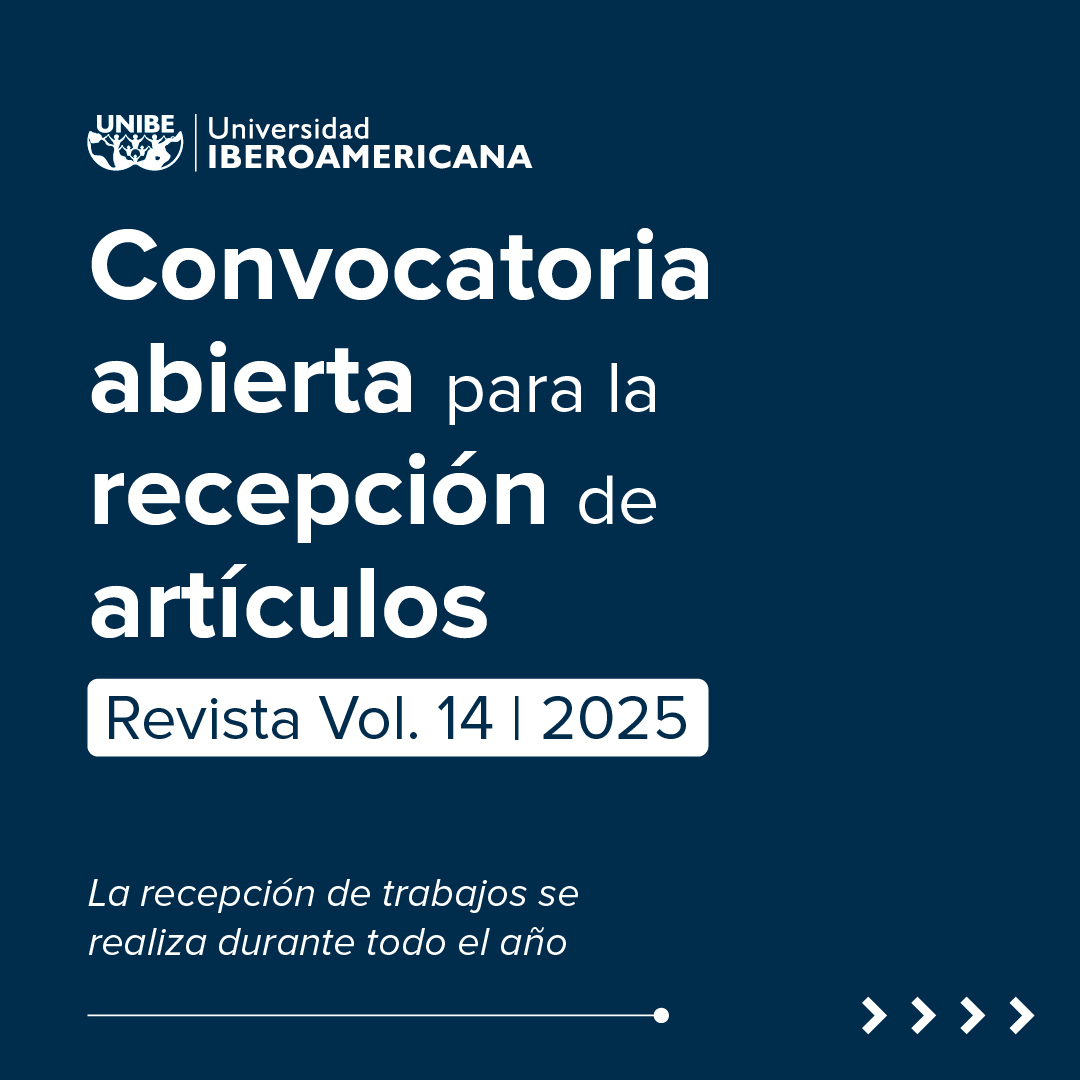Sex education in educational institutions of the secondary level. Public and private management
DOI:
https://doi.org/10.26885/rcei.10.1.81Keywords:
sex education, teachers, studentsAbstract
The United Nations Organization states that, by educating a girl, she is provided with tools and knowledge to take care of her future. The general objective of this research was “Analyze the implementation of Sex Education in Middle-Level Educational Institutions, Public and Private Management of the Central Department-Paraguay 2020”. Non-experimental design study with a mixed approach, whose main strategy was methodological triangulation. The techniques used were the semi-structured interview, a focus group with a sample of teachers and students, and the documentary review through a checklist. The type of sampling was intentionally directed. The study was carried out in two educational institutions of medium level of private and public management of the central department. The data were analyzed responding to the objectives proposed in the present investigation employing the descriptive statistics epiinfo 7.2 and analyzing the categories and subcategories of analysis by Atlas ti 2020. It is concluded that within the educational curriculum, issues of sexual education are contemplated in the common plans and specific. The relevance of pedagogical practices according to students is inadequate, the teacher’s experience in the classroom is the lack of guidelines regarding the subject and the persistence of the taboo in a closed society, teacher training in the area and transversality in the different subjects still are pending subjects; therefore, middle-level education is negatively affected in the effective implementation of sexual education.
Downloads
References
Baez, J. (2015). Políticas educativas , jóvenes y sexualidades en América Latina y el Caribe . Las luchas feministas en la construcción de la agenda pública sobre educación sexual. Clacso.
González Gómez, Y. (2015). El papel del docente en la educación para la sexualidad: algunas reflexiones en el proceso educativo escolar. Actualidades Investigativas En Educación, 15(3). https://doi.org/10.15517/aie.v15i3.20335
León León, G., Bolaños Bolaños, G., Campos Granados, J., & Mejías Rodríguez, F. (2013). Percepción de una muestra de educandos y docentes sobre la implementación del programa educación para la afectividad y la sexualidad integral. Revista Electrónica Educare, 17(2), 145-165. https://doi.org/10.15359/ree.17-2.9
Medero, F. B. (2011). Educación sexual, género y constructivismo : programa de educación afectivo-sexual : Educación Secundaria.
Mendez Mateo, R. E. (2017). Educación Sexual en la Formación de Alumnos de la Educación Media. 1378.https://gredos.usal.es/jspui/bitstream/10366/137098/1/DDOMI_MendezMateoR_EducacionSexual.pdf
Organización Panamericana de la Salud, OPS. (2014). La OPS/OMS llama a que se preste mayor atención a la salud de los adolescentes para evitar muertes y mejorar su salud. https://www3.paho.org/hq/index.php?option=com_content&view=article&id=9579:2014-pahowho-adolescents-health-prevent-deaths-improve-health&Itemid=1926&lang=es
Reynoso, M. (2017). Adolescencia y sexualidad. En Familia (Santo Domingo, Dominican Republic).
Roa García, P. A., Osorio Gonzáles, A. D. P., Forero, E., & Buitrago O., A. M. (2010). La Sexualidad y la Formación de Maestros. 176. https://doi.org/10.17227/20271034.vol.3num.4bio-grafia176.190
Summo, V., Voisin, S., & Téllez-Méndez, B. A. (2016). Creatividad: eje de la educación del siglo XXI. Revista iberoamericana de educación superior, 7(18), 83-98. Recuperado en 23 de octubre de 2021, de http://www.scielo.org.mx/scielo.php?script=sci_arttext&pid=S2007-28722016000100083&lng=es&tlng=es
UNESCO. (2020). La UNESCO pide que se fortalezca la educación sexual de amplio espectro. https://es.unesco.org/news/unesco-pide-que-se-fortalezca-educacion-sexual-amplio-espectro
Von Seidern, E., Quijano, L., Paredes, M. C., & Obando, E. (2016). Estrategias educativas para la prevención de enfermedades de transmisión sexual. Revista Médica Sanitas, 19(4), 198-207.














